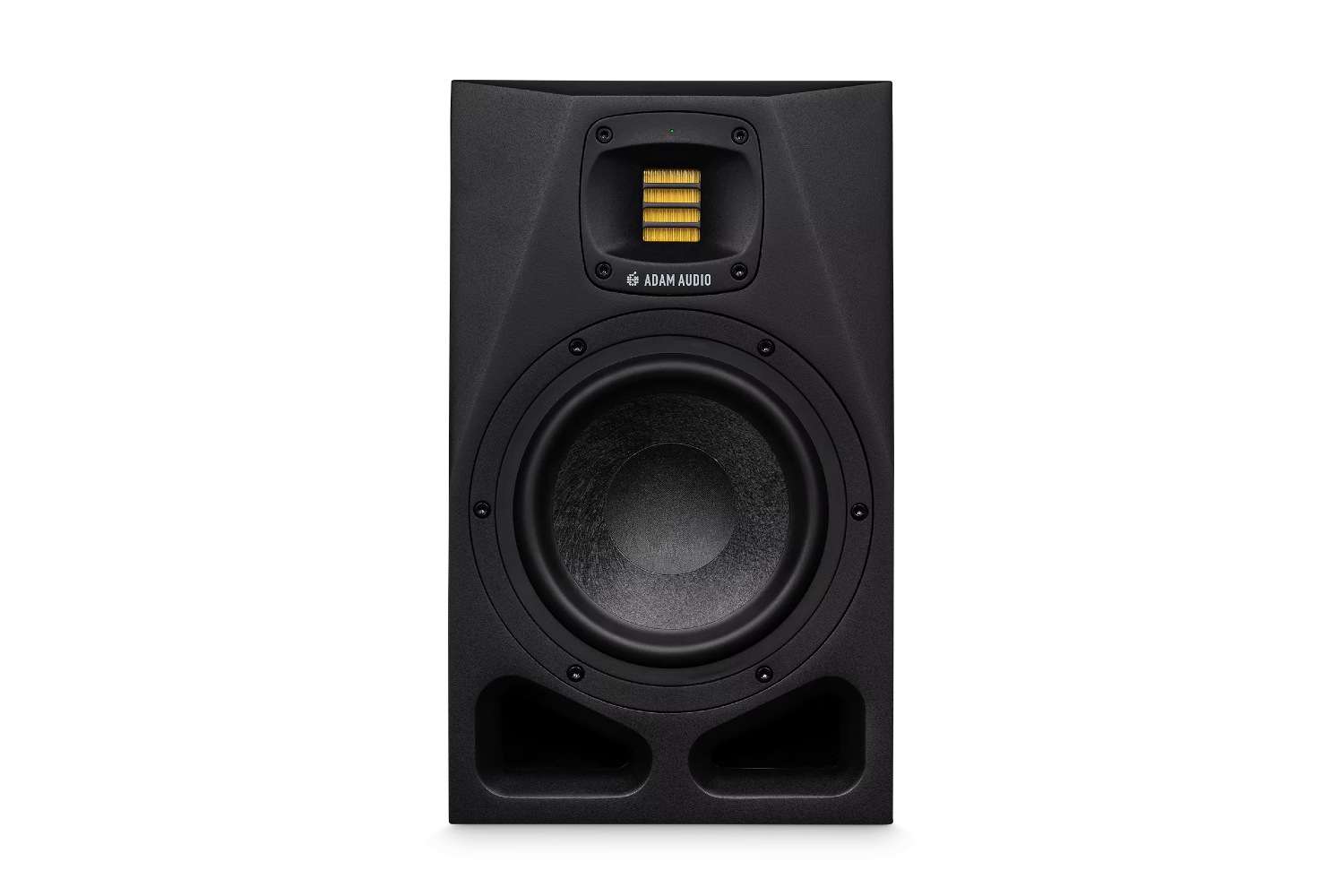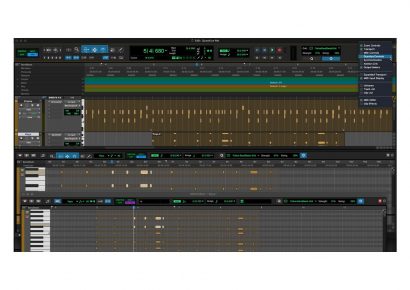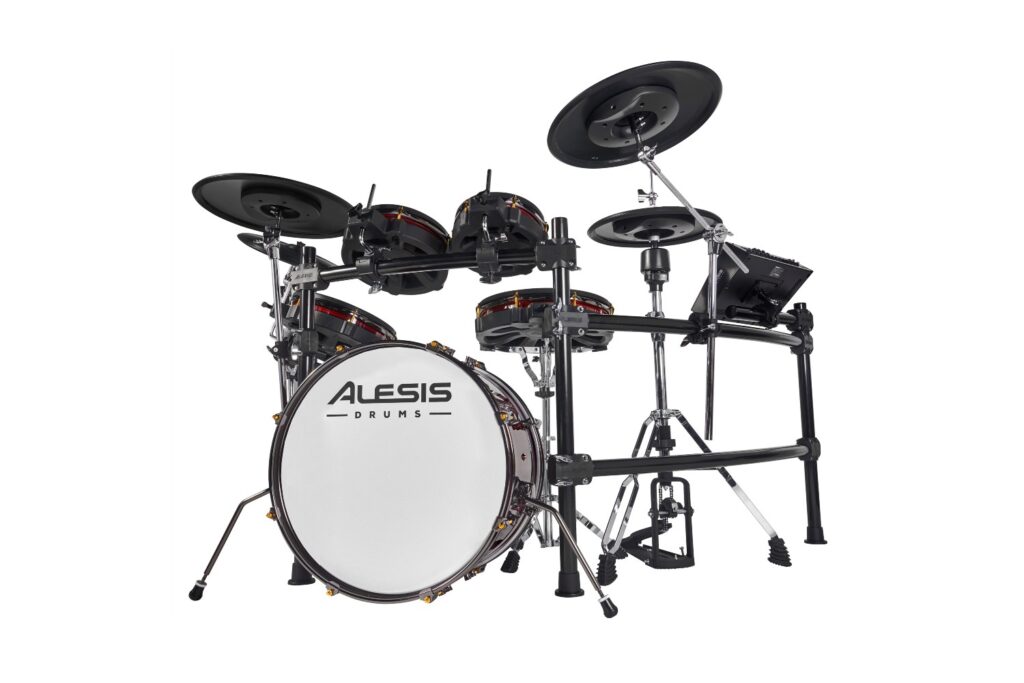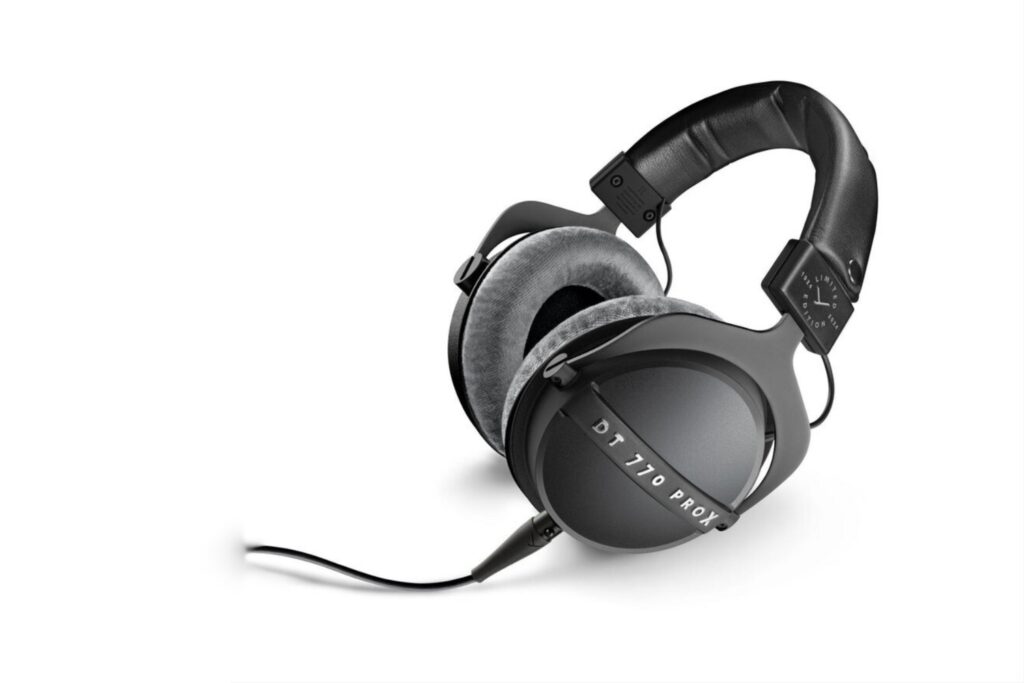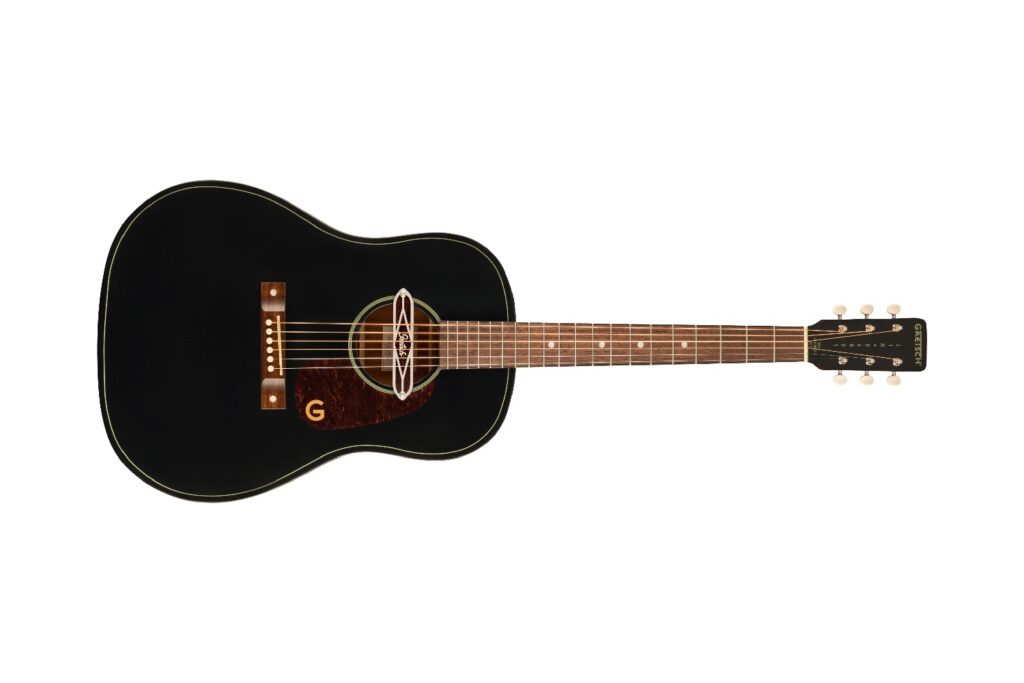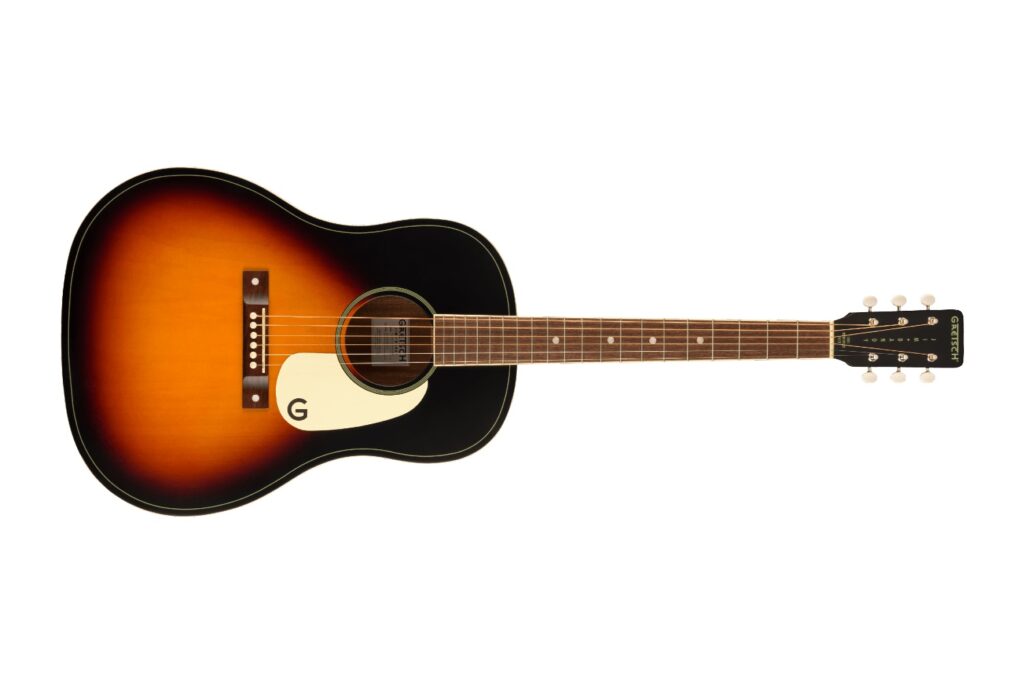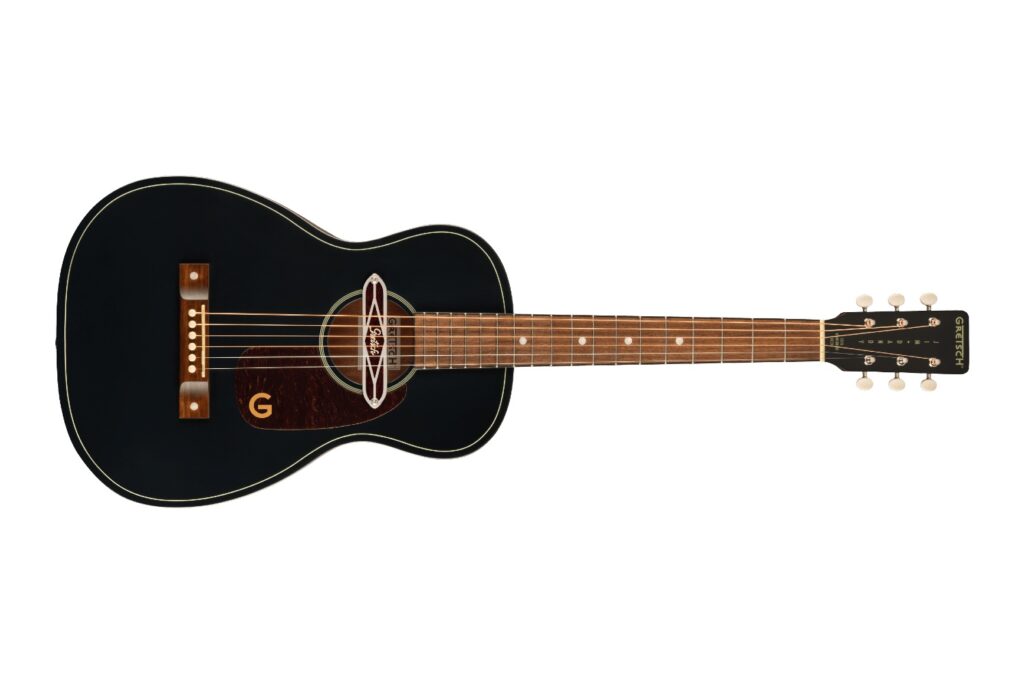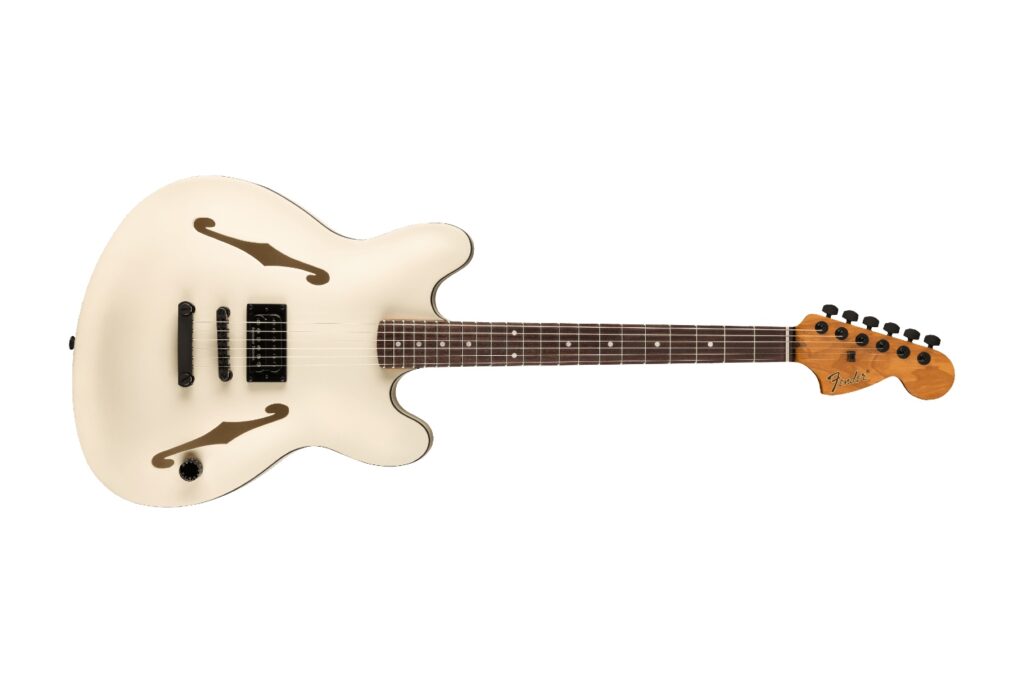Focusrite Australia | RRP: $1,199ea
When a successor of an industry favoured studio monitor lands, it’s sure to rock the the proverbial boat, rustle a few feathers, and stir up numerous predictable questions and criticisms; it’s not easy being the new kid on the block.
When one’s predecessor has gained such praise, recognition, and a loyal following, the age old if ain’t broke don’t fix it mentality is sure to be at test, so I was particularly eager to see and hear the new ADAM Audio A7V monitors for myself.
Read more gear reviews here.
ADAM Audio has become quite the household name in pro audio since their introduction in 1999. The Berlin-based company has introduced some of the most revered studio monitors in modern times, particularly holding strong in the mid range studio monitor market, with their best selling and ever popular A7X near-field model dominating this domain for years.
A tough act to follow.
Holding its own
The ADAM Audio A7V is indeed a nearfield design studio monitor, with a 7” woofer and X-ART 2” equivalent diameter tweeter with a rotatable waveguide – 120)º horizontal and 70º vertical dispersion. Amplifiers are a PWM for the woofer rated at 90-watts RMS (1% THD and limiter deactivated) and the tweeter is a Class A/B 15-watts RMS (1% THD and limiter deactivated). A frequency response of 44Hz – 41kHz at -3dB is impressive, as are the SPL ratings of 105dB SPL (max) at 1m with sine bursts and 113dB SPL (max) with IEC-weighed noise. Input signals are handled by either a balanced XLR or unbalanced RCA connection. Users will also enjoy peace of mind with a five-year warranty (upon product registration).
While the new ADAM Audio A7V takes some of its design and aesthetic from its A7X predecessor, just taking a look at the back panel alone reveals this is a monitor designed for the current era, with modern engineers, producers, and music makers/lovers very much in mind. There’s plenty going on under the hood in the A7V, which many will no doubt find very appealing, especially for those working in non-ideal or acoustically untreated spaces which, for better or worse is ever increasing.
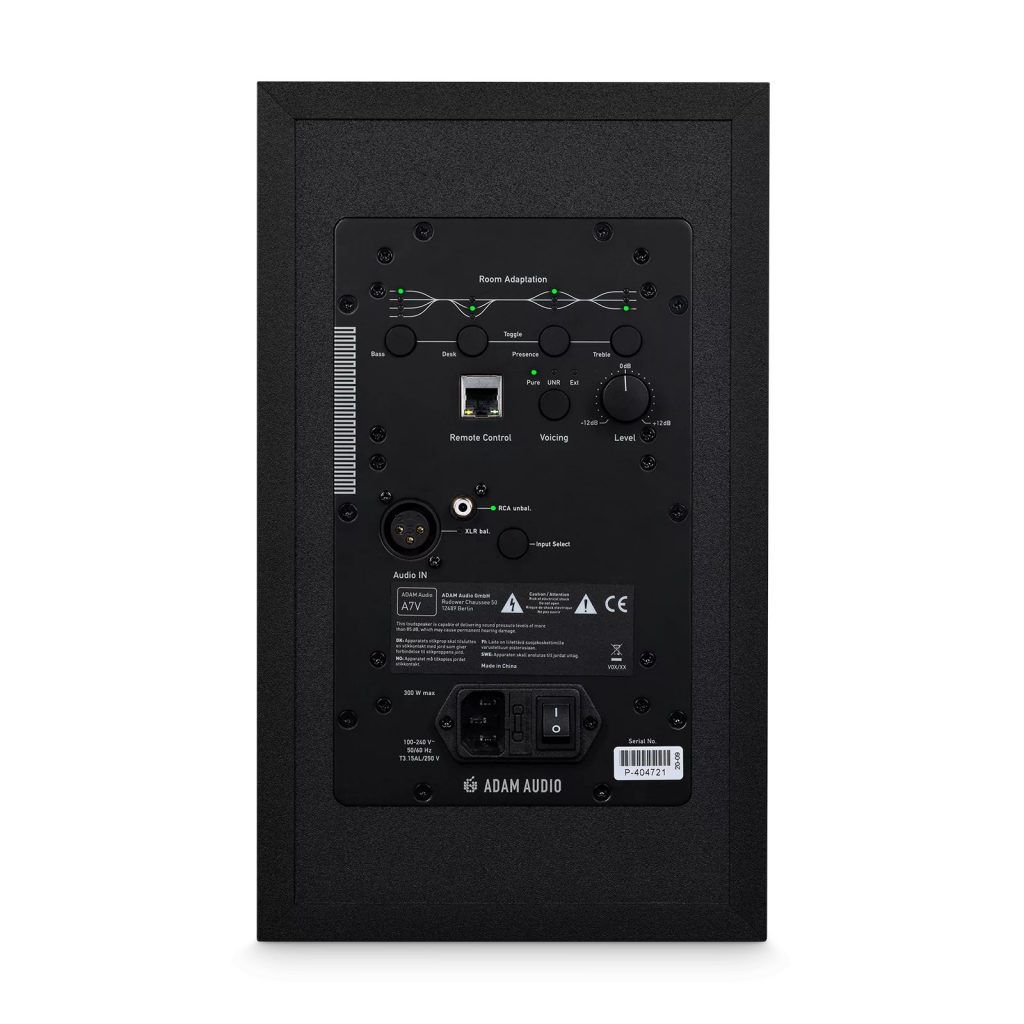
Several useful voicing options are included on the rear panel of the A7V, which include pure, the most linear response curve in anechoic conditions and UNR (Uniform Natural Response), a more colourful curve found in many older ADAM Audio monitors, including the previous AX series. The Ext voicing is used in conjunction with ADAM Audio A Control and can be used in either the Advanced or Sonarworks SoundID Reference adaptions respectively.
Aside from the voicing options, the room adaption toggles are great for quickly and effectively making slight adjustments. Four bands are available (bass, desk, presence and treble), which adjust from -1dB to -4dB and up to +1.5dB depending on the frequency band, providing more than enough adaption possibilities. I see this being particularly beneficial for users regularly working in different spaces and just needing to be able make quick subtle adjustments to unfamiliar environments. A detailed section in the downloadable user manual provides some handy suggested configurations for numerous settings and room placements, and paired with some critical listening should keep most out of trouble. However, for those wanting to go the whole hog and dive into using the Audio Audio A Control application or Sonarworks Sound ID references, these options are also readily available.
Level control of 0dB through to -12dB and +12dB is attained via the volume knob on the back panel also, as opposed to being located on the front like the A7X.
Sound impressions
The A7Vs certainly looked the part with their elegant and professional dual-ported front face. The solid vinyl covered MDF cabinets while simple, do emit a certain feeling of quality and assurance that these are a serious, professional studio monitor. But while an elegant-looking studio monitor certainly provides that initial wow factor, sound quality is really the name of the game and what I was here to ascertain.
Firing up the A7Vs is like what you’ve expect from most modern professional studio monitors, taking a couple of seconds to boot up, with a light sequence indicating this process in action just above the tweeter, before settling on green, meaning, go time!
With all settings running flat on the back panel in the pure voicing, I threw on some familiar reference material to start off proceedings. Immediately I could hear that ADAM Audio ribbon tweeter doing its distinctive thing, plenty of presence and top end, but as expected, not harsh but instead rather pleasing. Intricate hi-hat work on certain tracks really came to life illuminating some crisp details, space and reverb tails that had perhaps eluded me on previous listens. A solid start.
After making some small but useful adjustments on the back panel with the room adjustment toggles helping cater for the room a little and flicking between the pure and UNR voicing, I delved deeper into the familiar catalogue of tracks, revealing more of the A7V’s sonic footprint and overall character; which was presented as clear and open, particularly in the top end. Once again, gotta love those ribbon tweeters.
Opening up a session in Pro Tools I was eager to see what the A7Vs would unveil in the mix. Starting from scratch I was able to quickly pull up a working balance of the arrangement in the session, with drums and bass finding a comfortable spot in which they were able to work together nicely. The A7Vs quickly informed me of masking issues in the bottom end with their clarity and precision, no muddiness or gunk to be found here. Masking became even more exposed when working on the guitars and vocals, particularly focusing in on the the upper midrange frequency band. I had observed a slightly pronounced midrange from the monitors (particularly around the 500Hz-700Hz region), giving a mildly honky response, but this didn’t create any major distractions when making critical decisions.
Adding effects to the mix was particularly gratifying with the A7Vs, with the tails of reverbs and delay lines being beautifully revealed. This really helped with being able to accurately perceive decay times of reverbs without second guessing nor becoming lost in the mix. This was something I had noticed too in the reference material testing. To hear the depth and decay of a snare being sent to a plate, pure delight.
With their forward and upfront nature, the A7Vs certainly present an exciting and enticing listening experience. This is met equally with an accurate and revealing quality to source material, particularly in the upper midrange and a clear and defined extension in the bottom end. Pretty handy traits to bear for a studio monitor. A little bit of a lacklustre lower midrange and pin-pointed centre image were really the only couple of things I felt things fell short for these monitors, but the aforementioned features and pleasing sonic character traits more than made up for these minor shortcomings.
I’d happily sit with the A7Vs for lengthy sessions, not experiencing fatigue nor boredom, but rather secure in the knowledge I’m getting an honest, revealing response with the clarity, depth, and openness one comes to expect from an ADAM Audio studio monitor. A well-conceived and exciting new monitor, adding to the existing rock solid ranks and reputation.
Head to ADAM Audio for more. For local enquiries, reach out to Focusrite Australia.
